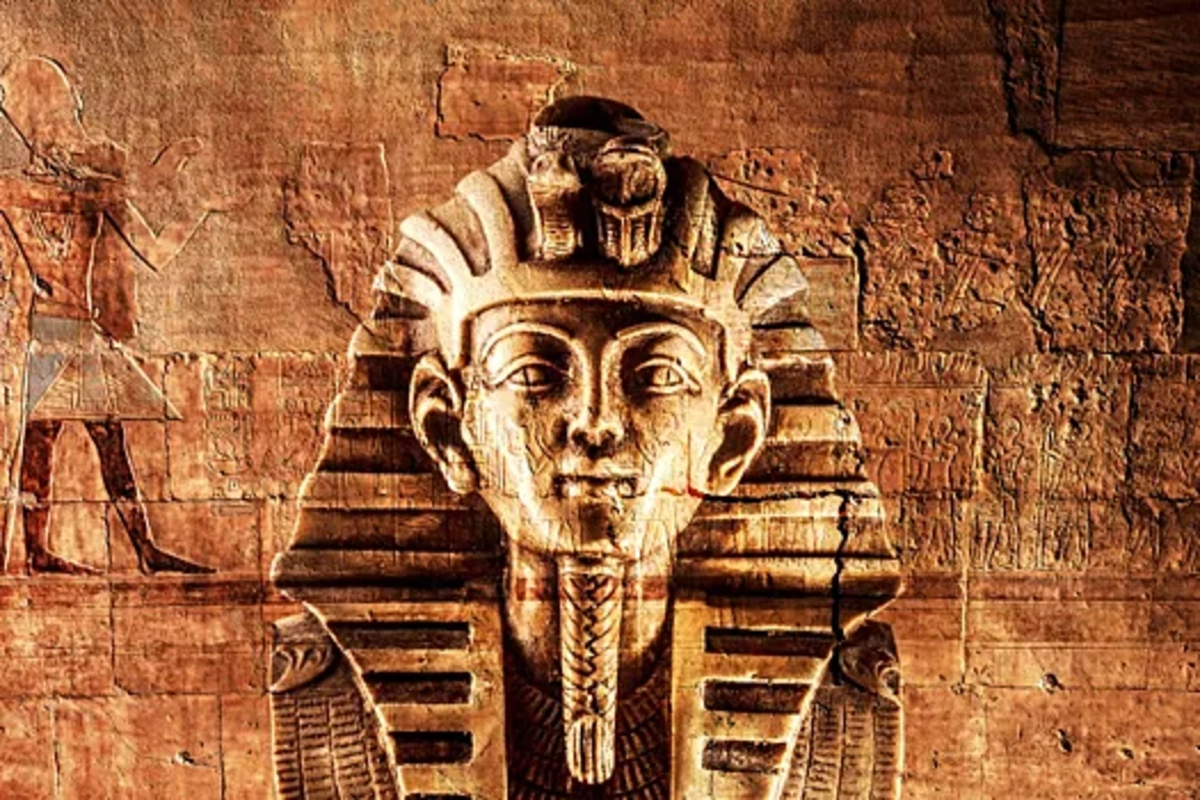Thousands of years of mystery: scientists have finally discovered how Tutankhamun died

The age-old mystery of Tutankhamun's death, which has sparked heated debates in the scientific community for over a century, has finally received a convincing explanation. Modern DNA analysis methods have allowed researchers to reveal the true cause of the legendary boy pharaoh's demise.
As reported on Tuesday by the Daily Mail, the results of genetic research on Tutankhamun's remains, who died more than 3000 years ago, provided convincing evidence that recurring bouts of malaria were the fatal factor.
Nowadays, this disease is successfully treated with modern medical drugs, but in the ancient world, malaria often became a death sentence for those who contracted it.
Notably, the genetic analysis revealed another striking detail: both the grandmother and grandfather of the young ruler - Pharaoh Amenhotep III and Queen Tiye - also fell victim to this dangerous disease.
Tutankhamun was in power for only 9 years and left this world at the age of 18. The discovery of his tomb in 1922 became a real sensation. At that time, British researcher Howard Carter made one of the greatest archaeological discoveries in history, finding an almost untouched burial of the pharaoh and more than 5000 unique artifacts.
The large-scale DNA study was conducted through joint efforts of the National Research Center, specialists from the medical faculty of Cairo University, and two German DNA analysis experts.
Similar News
"Miss Turkey" Beats Up Russian Model
At a "harem" party of a wealthy businessman in Istanbul, a fight broke out between a kickboxer, the winner of the "Miss Turkey" contest, and a Russian model. Th...




 Azərbaycanca
Azərbaycanca  По-русски
По-русски  English
English 






